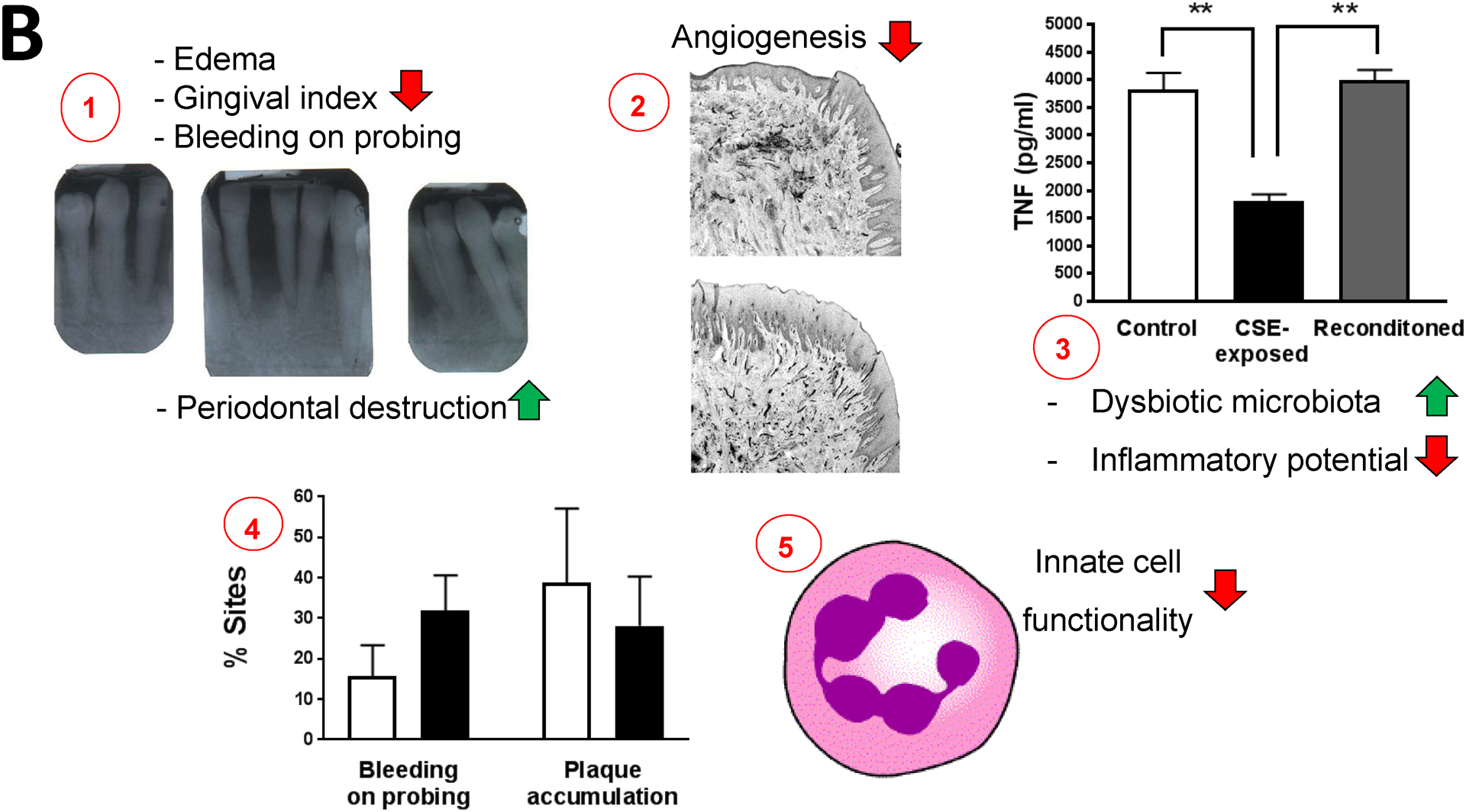Figure 1: The clinical conundrum in smoking-related periodontitis.


A. Typical bleeding response in a non-smoker (left) and smoker (middle and right) with generalized aggressive periodontitis.
B. 1. Cigarette smoking is associated with reduced edema, gingival index and bleeding response in humans but increased periodontal destruction. Photo kindly provided by Dr. Richard Palmer, King’s College London, England. 2. This may be due to a chronically suppressed angiogenic response accompanied by suppressed endothelial activation rather than an acute vasoactive phenomenon. Figure and legend reproduced, with permission, from159#. 3. Tobacco also induces a dysbiotic microbiota, with phenotypically tobacco-altered P. gingivalis interacting with the immune response in a profoundly different manner than unexposed bacteria. Figure and legend reproduced, with permission, from111##. 4. The inflammatory and bleeding response to plaque, however, rebound within weeks of smoking cessation. Figure extrapolated, with permission, from 72. The mean (s.d.) proportion of sites exhibiting bleeding on probing and plaque at baseline (white bars) and at 4–6 weeks after quitting smoking (black bars). 5. These anti-inflammatory events are accompanied by an increased local (periodontal) and systemic proteolytic burden and dysregulated innate cell function.
# Typical histological sections of gingival tissue from a smoker (upper) and a non-smoker (lower) with chronic periodontitis. Tissue sections were labelled with monoclonal antibodies to ICAM-1 and secondarily labelled. The percentage of ICAM-1-positive vessels of the gingival microvasculature was determined following immunostaining of von Willebrand factor, an endothelial marker, in adjacent sections. ICAM-1 expression microvascular development was compromised in smokers.
## Pro-inflammatory TNF release by primary human monocytes (0.5 × 106) stimulated for 20 h with control P. gingivalis (107); CSE-treated P. gingivalis; or P. gingivalis cells that were first grown in CSE-treated medium for two passages then reconditioned in untreated medium for 2 passages (107 P. gingivalis cells). Error bars represent the mean (s.d.) of 3 experiments.
